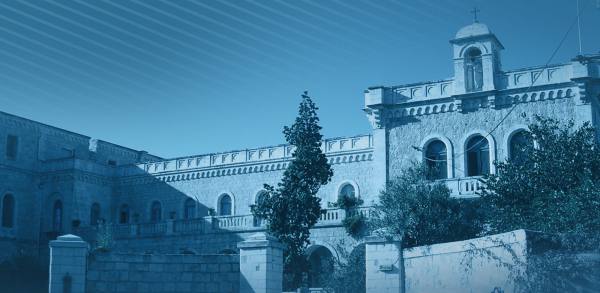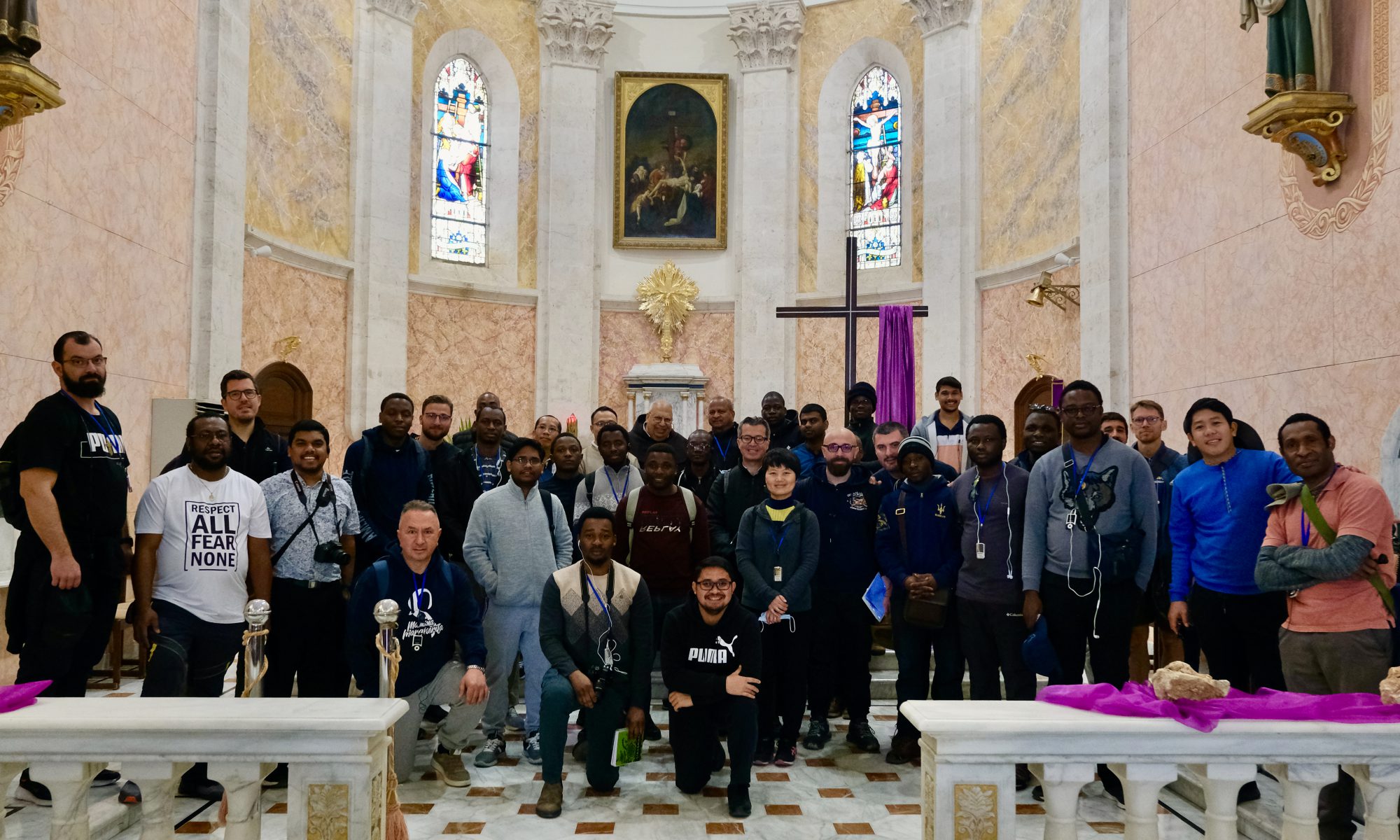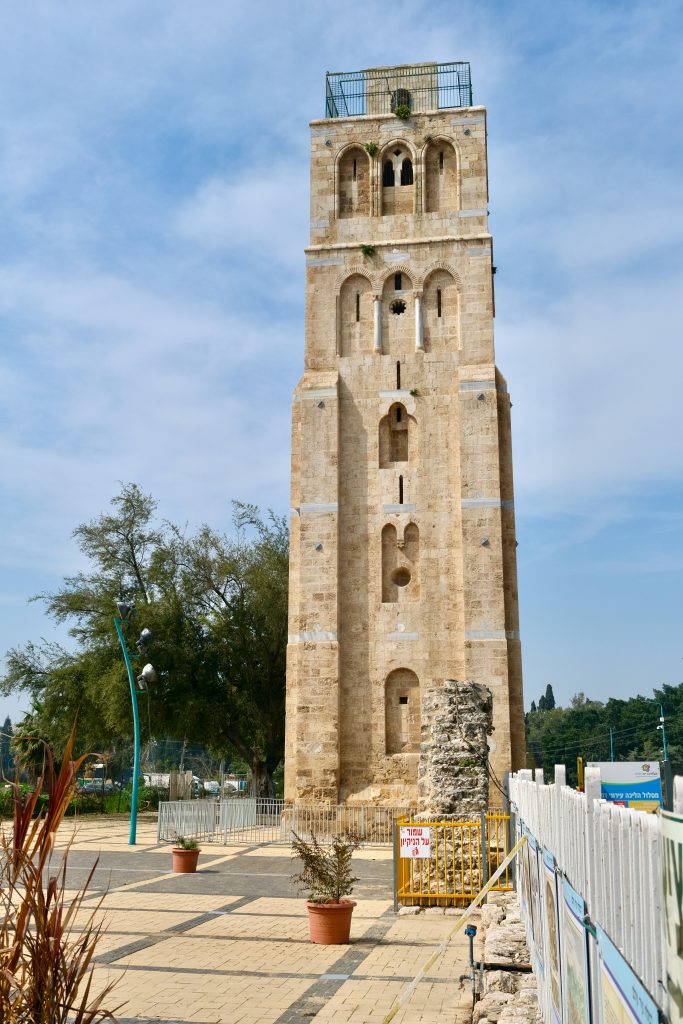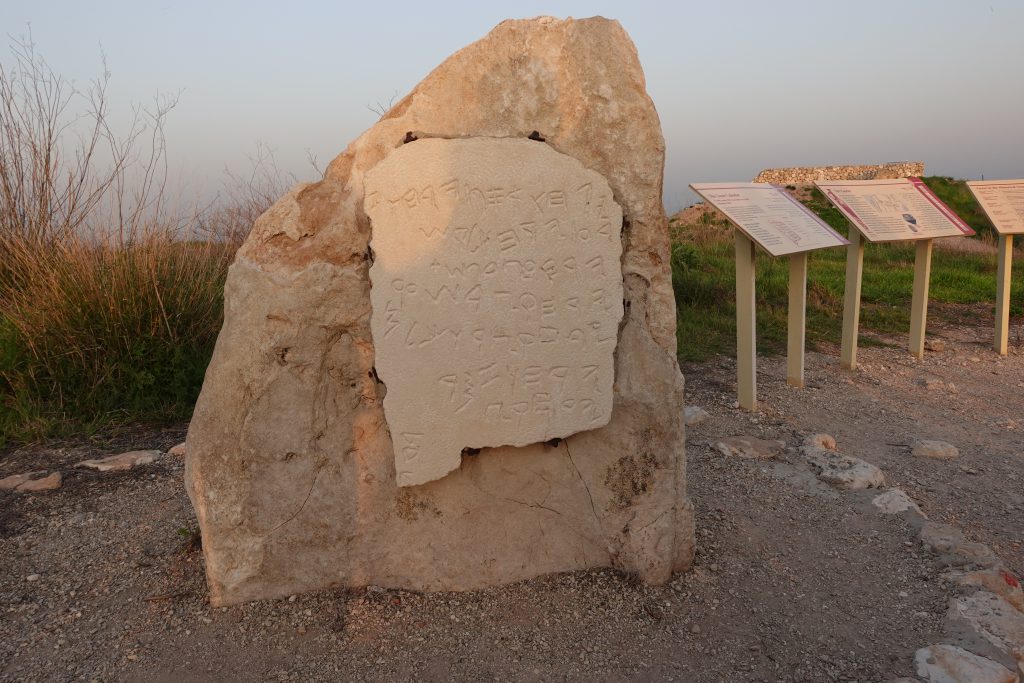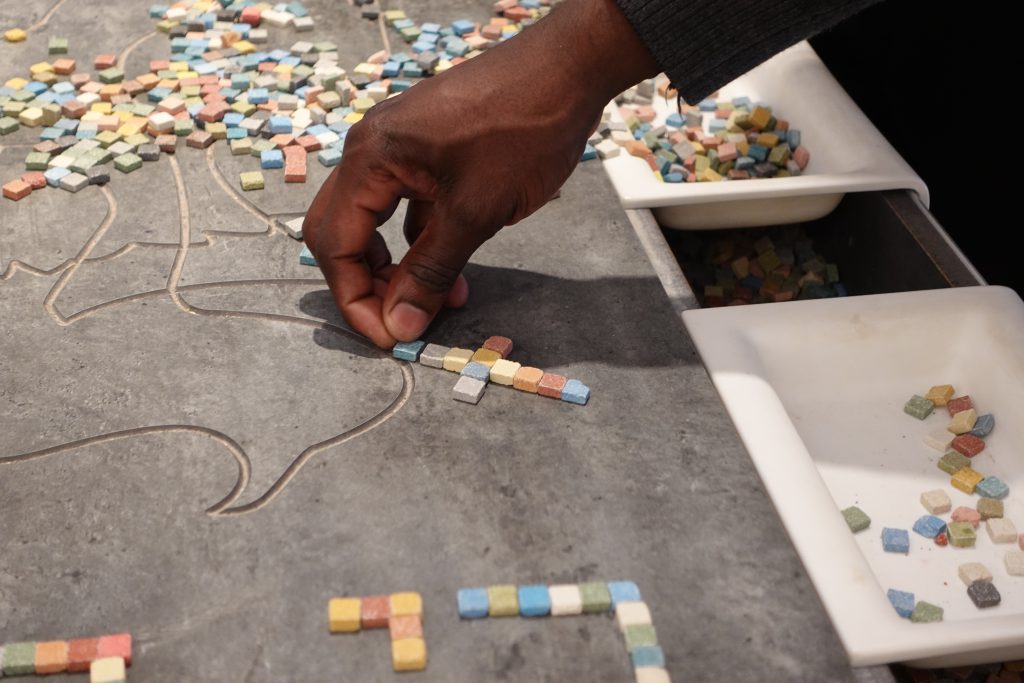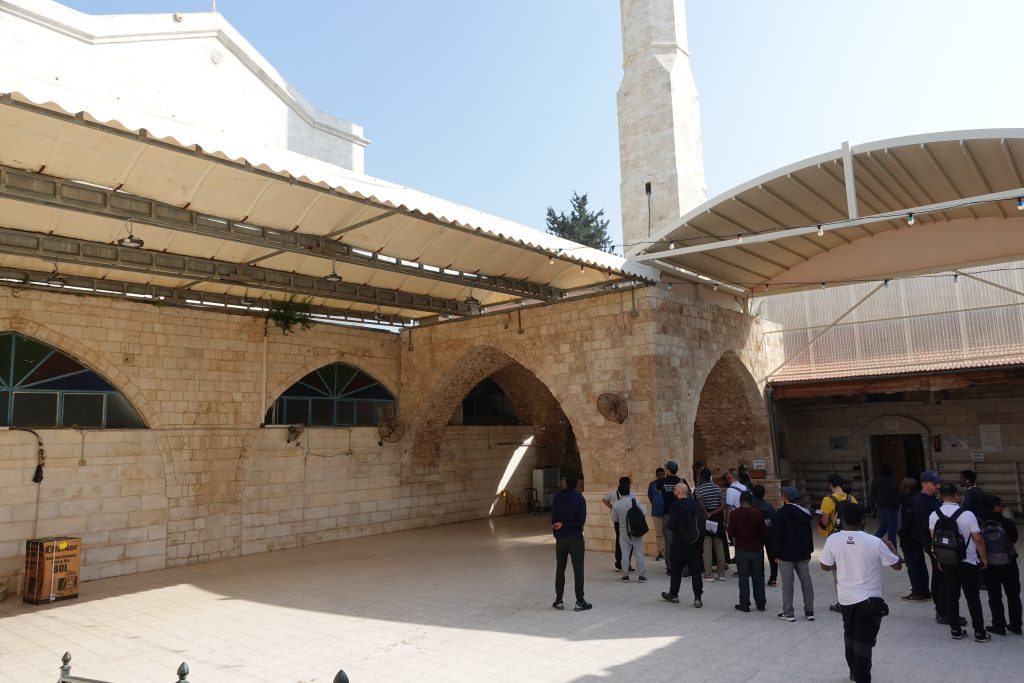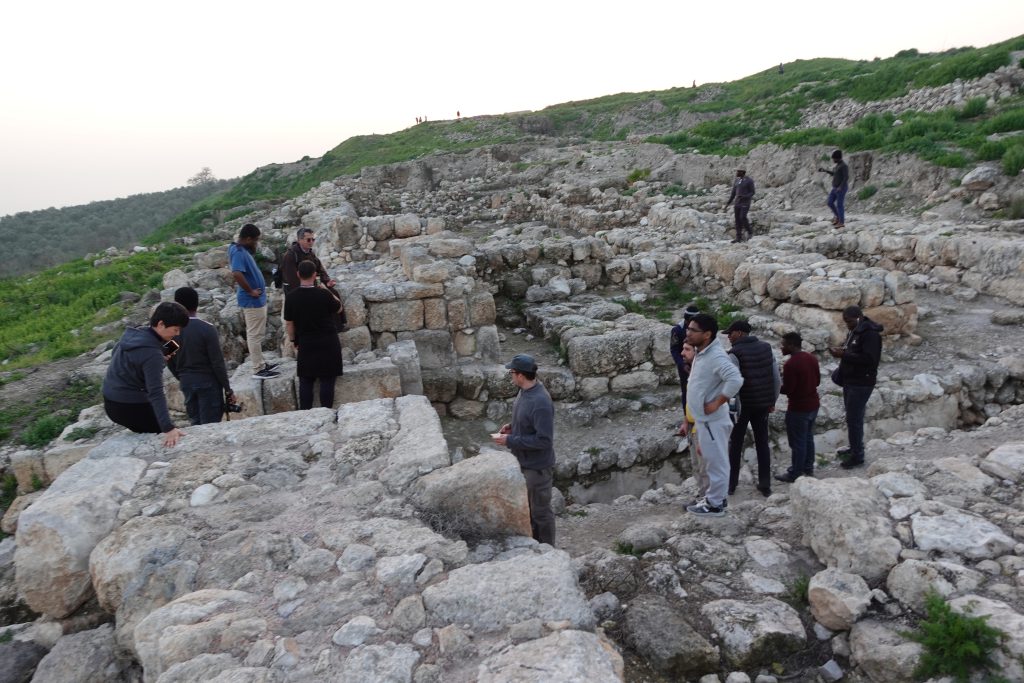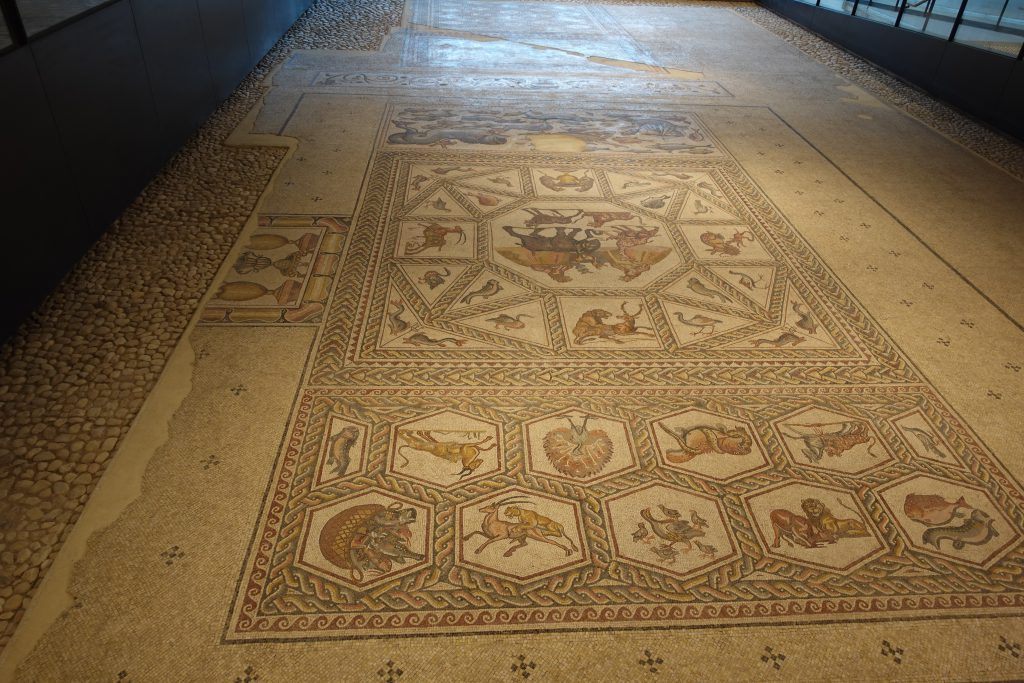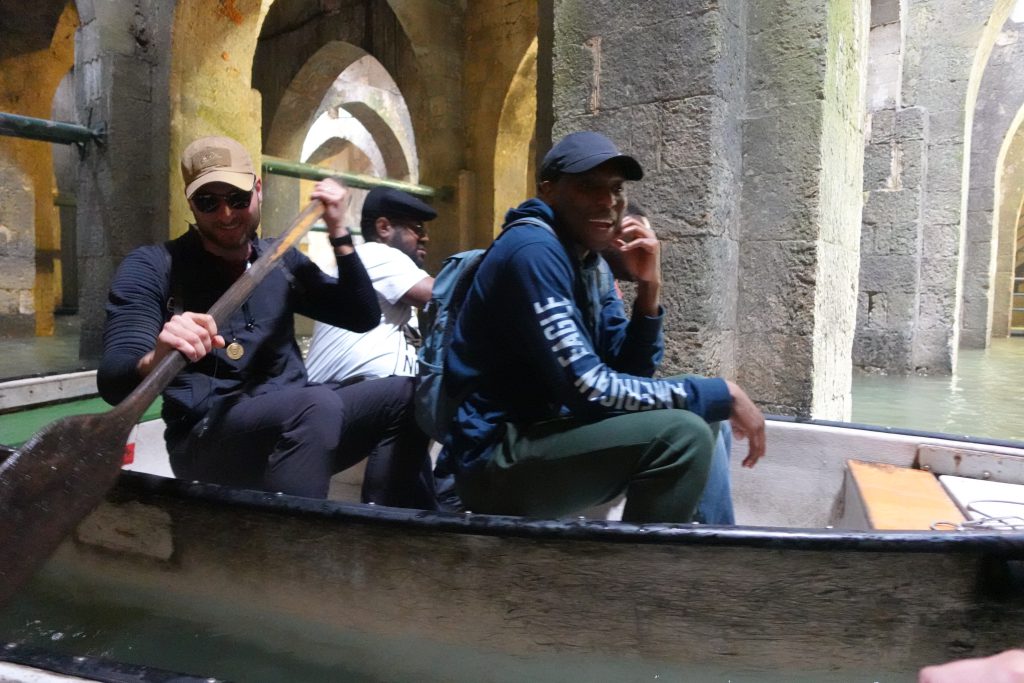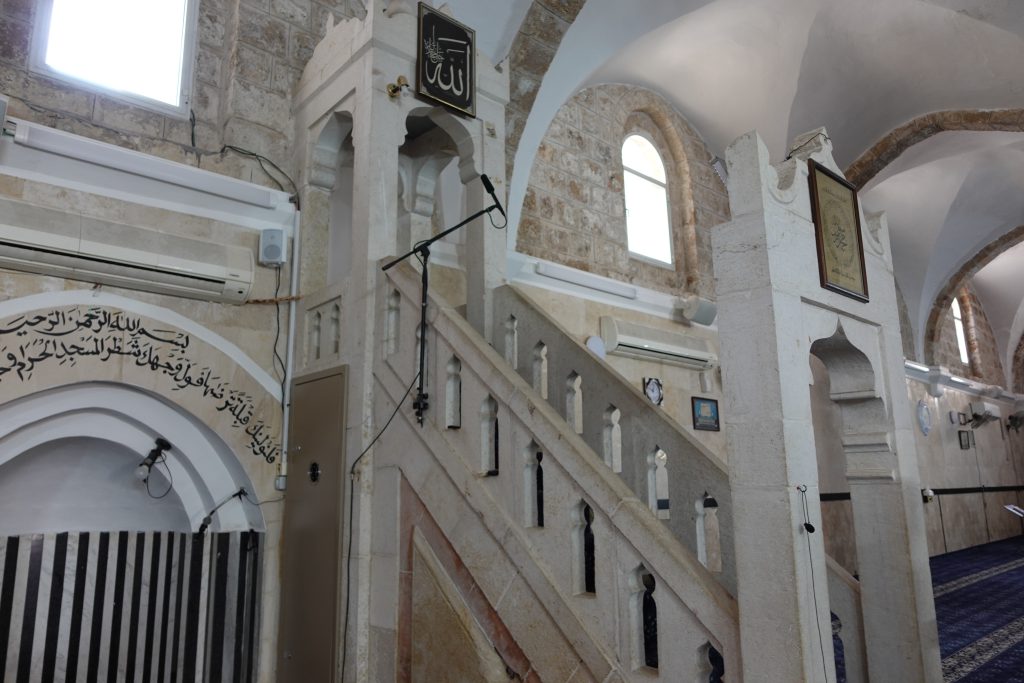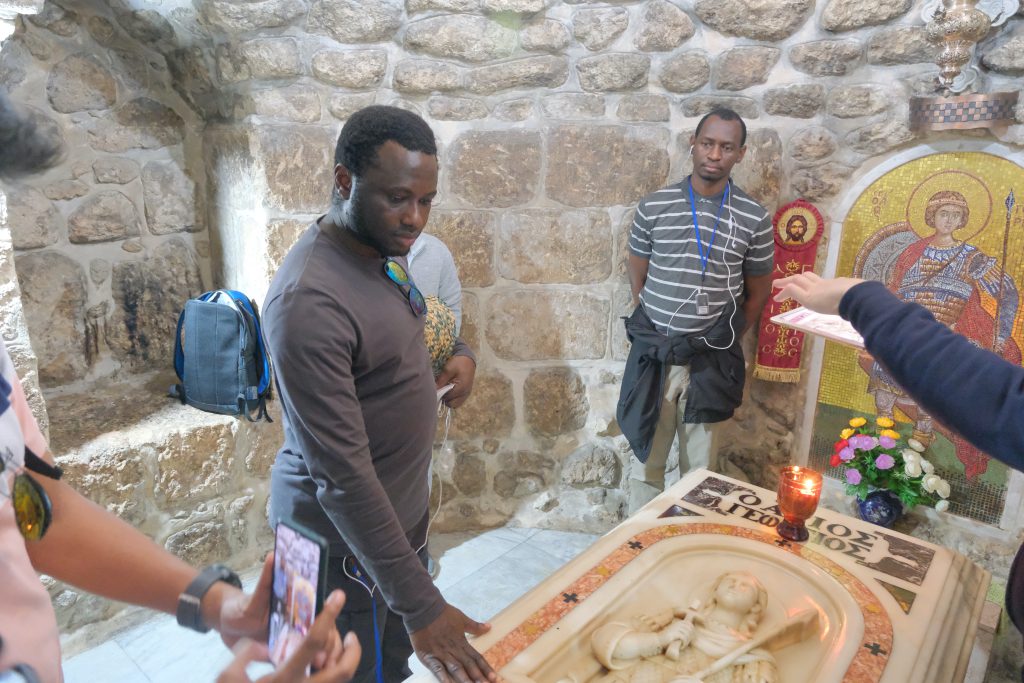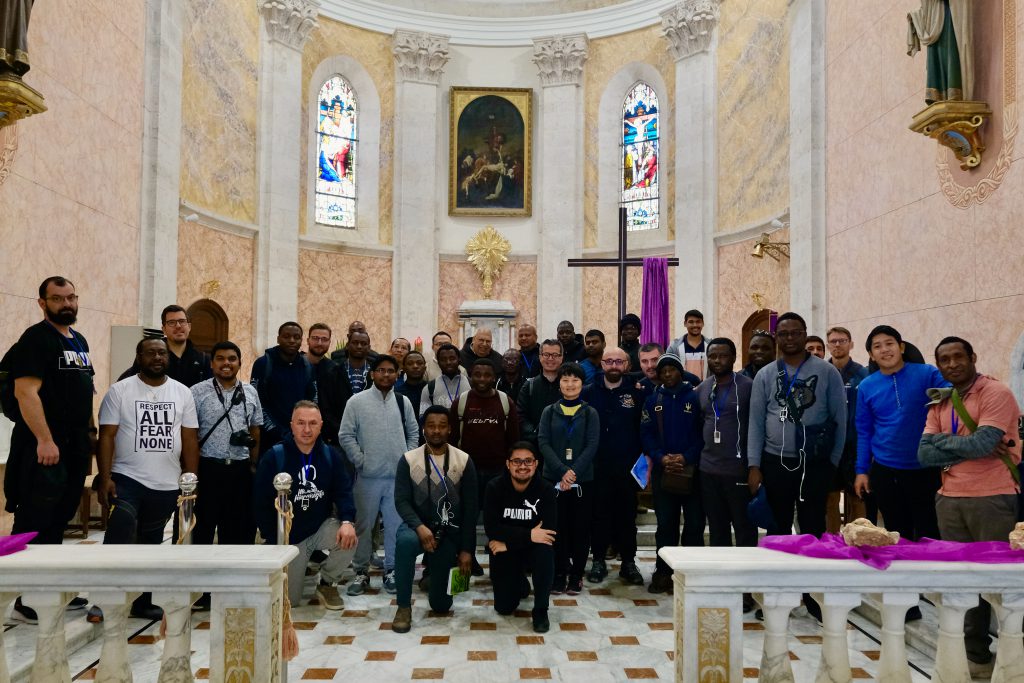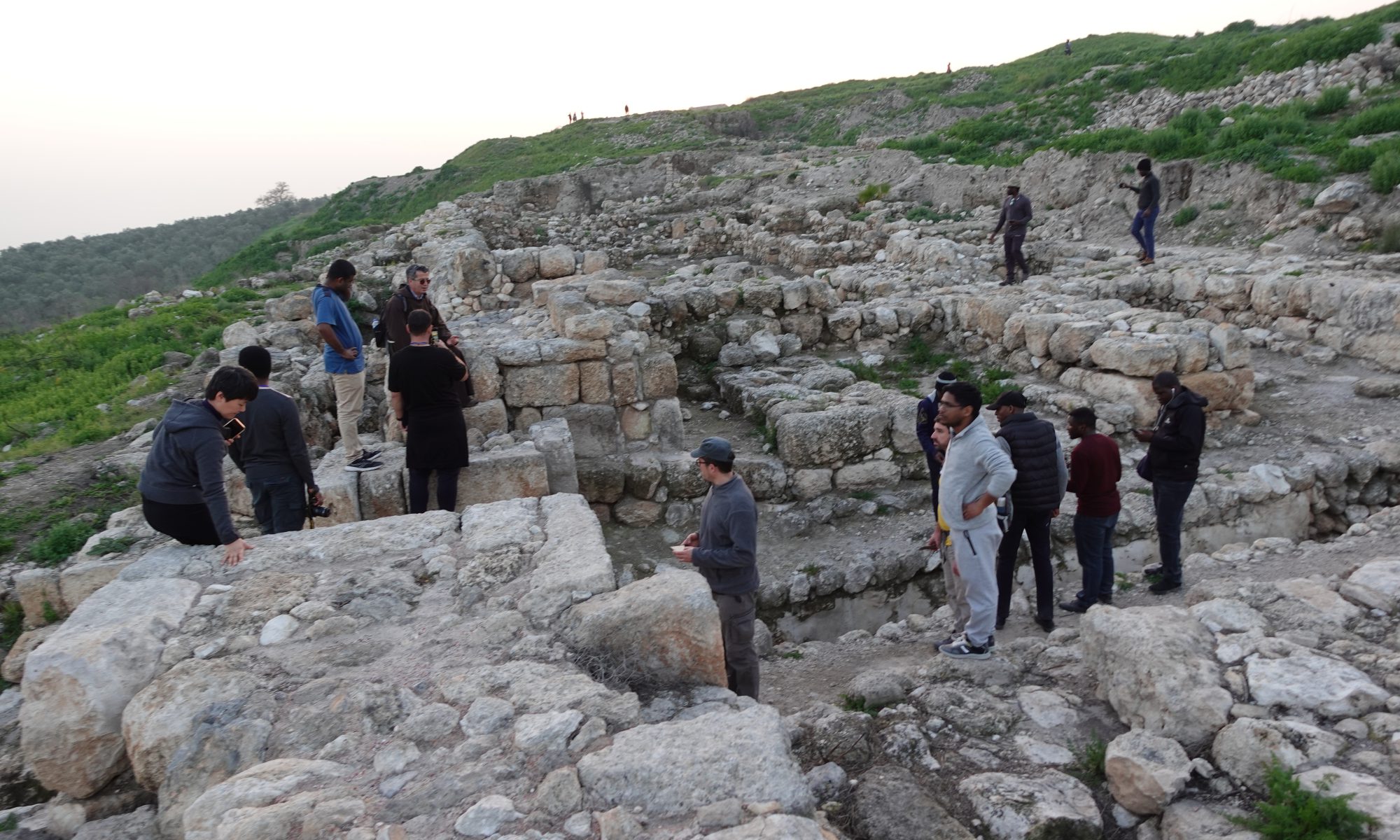
Forty people are leaving the Ratisbonne Monastery in Jerusalem. The morning is already late and the day will last until the contemplation of the sunset in front of a monolith: we are the students of the Studium Theologicum Salesianum and today's excursion, under the guidance of prof. Yunus Demirci, will take us to the cities of Ramleh, Lod, Yavne and the archaeological city of Gezer. We don't know it yet, but this day that we will spend in the western part of Israel will begin with water and end with water.
The first destination to be reached is Ramleh: it is a historic city in Palestine founded by the Arabs in the 8th century, built in the early Islamic period by Suliman, son of Abd al-Malik and ruled in the medieval period by various powers, including the Crusaders, who established a Latin church in the city. It was the capital and largest city of Palestine for several centuries and has played an important role in the political, cultural and religious history of the region. One of Ramleh's most notable features are its extraordinary cisterns, which were built in the 8th century to collect and store rainwater, essential for the city's survival in Palestine's arid climate... but before that, let's look at the 'water underground we enter a (former) medieval Latin church built during the Crusader period, when Ramleh was under Christian rule and which, after the reconquest by the Muslims, was transformed into a mosque in 1187 by the will of Saladin and was called the Great Mosque of Ramleh . The mosque has retained some of the original architectural features of the Crusader churches, such as the imposing columns and the three-nave subdivision.
After visiting the Franciscan church of St. Joseph and Nicodemus we arrive at another mosque: the White Mosque (also known as the Al-Jafari Mosque, after the Arab tribe that inhabited the area during the Islamic period) which was built during the reign of the Abbasid Caliphate in the 8th century and which is one of the oldest mosques in Israel. One of its most admirable parts is the minaret which is a tall, slender tower located in a corner of the courtyard: it has a square base with several levels of balconies and a cylindrical shaft that tapers towards the top. To conclude the Ramleh stage, a boat ride could not be missing. But where? Precisely in the underground cisterns, after which Fr. Yunus spoke to us all morning, connected to the great problem that the city had regarding the conservation of water: their Arabic name is Birkat al-Anaziyya (the pool of the arches) and they take their name from the rows of arches that surround them, which were built during the Fatimid period in the 10th century and which served as the supporting structure for a covered market which stood next to the pool. We'll have to keep these tanks in mind… before the day is out we'll have to get back to talking about them.
The second stop is Lod: a city located in central Israel, about 15 kilometers southeast of Tel Aviv. The city has a long history dating back to ancient times, with evidence of human habitation in the area dating back over 8,000 years. It was an important city in Roman and Byzantine times and played a significant role in the early Christian and Islamic eras. Once we arrive we immediately enter the Mosaic Archaeological Center, dedicated to the conservation and exhibition of a large and impressive ancient mosaic floor discovered in 1996 during construction works: the mosaic dates back to the 3rd century AD. and it is believed that it was part of a large villa belonging to a wealthy Roman. It features intricate designs and depictions of scenes from ancient Greek mythology, as well as daily life in the Roman period.
After a well-deserved break we enter a church (today run by Orthodox Christians), built in the 12th century by the Crusaders on a previous church from the Byzantine era: the church is dedicated to St. George as, according to tradition, the saint was born in Lod at the end of the 3rd century AD. to Christian parents. The place is considered sacred by both Christians and Muslims, as it is believed to be the burial place of St. George, revered as a saint in Christianity and as a prophet al-Khidr, in Islam. Indeed, after the fall of the Crusader kingdom at the end of the 13th century, the church was transformed into a mosque by the Mamluk sultan Baybars.
The sun is already taking on the warm tones of a day that is drawing to a close, when on a hill we reach a historic tower located in the Israeli city of Yavne. The building is also known as the Al-Anwar Mosque Minaret and is believed to have been built during the Ottoman period, around the 16th century, and was part of a mosque. From this hill it is possible to have an overview of the city which is located a short distance from the Mediterranean Sea and which is of historical importance due to the role it played after the destruction of the Second Temple in 70 AD: here, Gamaliel II, a Jewish rabbi who lived in and 2nd century AD, helped establish the Sanhedrin in the city of Yavne as the center of Jewish religious authority and lead the reform of Judaism.
Last stop: the sky has now taken on reddish hues when we arrive at Gezer, an ancient site located in the central coastal region of today's Israel: archaeological evidence suggests that Gezer was inhabited as early as the Chalcolithic period (4500-3200 BC), and was later colonized by the Canaanites in the Bronze Age (3200-1200 BC). One of the oldest known Hebrew inscriptions was found here: the Gezer calendar is believed to date back to the 10th century BC, during the Israelite period and with 12 lines of Hebrew text, which are divided into two columns, it lists agricultural activities that were typically performed during each month of the year and also includes references to various religious festivals and observances, such as the Feast of Tabernacles, the Feast of Unleavened Bread, and the Feast of the New Moon.
The archaeological city is very large and crossing it we find different types of buildings including a Canaanite tower, the Canaanite Gate and the so-called Solomon's Gate. We finally arrive at the Monolith Temple as the sun is setting and the day draws to a close: without realizing it we have returned to the beginning of the story. However, we have not yet talked about an element of this city, which is essential for keeping the places visited during this excursion together: water!
Gezer's water system was built in the Middle Bronze Age, around 1800 BC, and served as the main source of water for the city for many centuries. The plant consists of a large underground tunnel, which can be traveled in the company of bats, which extends for over 70 meters, leading to a spring located outside the city walls. Only one detail is missing: a Roman-era canal that connects the water system to Birkat al-Anaziyya, the cisterns of the city of Ramleh.
The day ended: we began with water and we concluded with water and the water itself, flowing underground, accompanied us on this journey that connected ancient civilizations and more than 4,000 years of history: from the Chalcolithic to the Crusades, from Canaanite to Jewish civilization, from Christian rule to Muslim rule. This is the Holy Land.
Federico Gozzi
Feb 27th 2023
